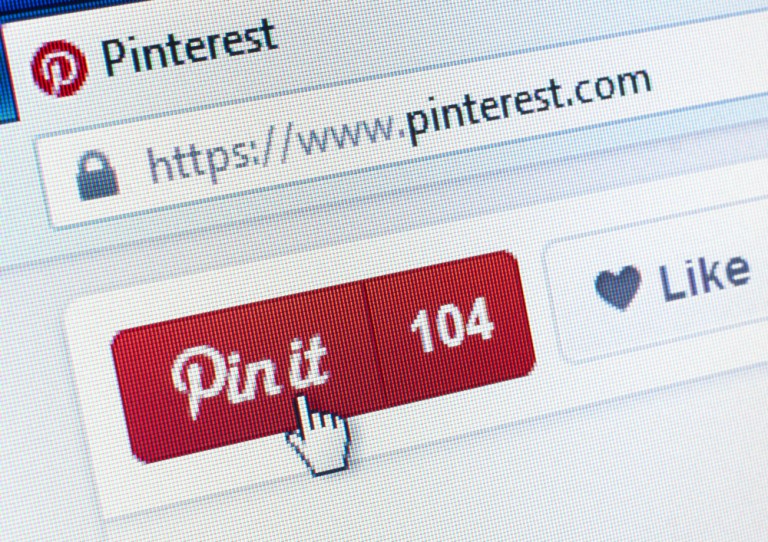Pinterest Pins Hopes on Improved Checkout to Boost Sales

As social media platforms compete to capture consumers’ impulse spending, Pinterest has been making changes to the shopping experience to drive in-app and on-site purchasing.
The social media company shared Thursday (Feb. 8) on an earnings call accompanying the release of its fourth-quarter and full-year 2023 financial results that it is improving the buying process to drive monetization.
“We … made significant advancements on the shoppability of the platform,” Pinterest CEO Bill Ready told analysts during the call. “More than half of our users view Pinterest as a place to shop. But historically, it was not easy to click out and go to a merchant site to buy the product you found on Pinterest. Last year, we improved the shopping experience by bringing shopping content front and center into our home feed, search and related services.”
Ready added that these changes have resulted in users engaging more with the platform’s shoppable content. He contended, based on this increase, that shoppers browse the social media site and app “with intent” and that they will “take action” when provided with a low-friction buying experience.
Easy checkout experiences can be a key driver of digital shoppers’ loyalty. The 2022 PYMNTS Intelligence report “Building a Better Online Checkout Experience: The Key Features That Matter to Customers” found that 91% of consumers said a satisfying checkout experience substantially impacts their willingness to shop with a merchant again.
While many Pinterest users may see the platform as shoppable, the social media company’s penetration among those who make purchases on social media is relatively low. The PYMNTS Intelligence report “Tracking the Digital Payments Takeover: Monetizing Social Media” found that only 1.1% of consumers made purchases on Pinterest, below the 2.6% that did so on TikTok, 3.4% on YouTube, 4.6% on Instagram and 7.3% on Facebook.
The study found that 43% of consumers browse social media to find goods and services. However, only 14% ultimately purchase those goods and services via social media. Many of these are impulse purchases, as 28% of consumers who transact on social media said they do so because it allows them to buy with less effort and as soon as the product catches their attention.
To drive up shopping on the platform, Pinterest is exploring new features that encourage buying. For instance, in September, the platform launched a “Collages” feature that enables consumers to combine cutouts of multiple pieces of pinned media.
“Collages also skew heavily towards shoppable content with approximately 75% of collages utilizing a product pin, showing the intent our users bring when creating and engaging with content on Pinterest,” Ready said during the call.
In the competitive landscape of social media platforms vying for consumer attention and spending, Pinterest is looking to boost its standing by strategically enhancing its shopping experience. As the social media platform evolves to meet the demands of digital shoppers, its efforts to streamline the buying process underscore the significance of frictionless checkout experiences in fostering eCommerce loyalty in social media and beyond.